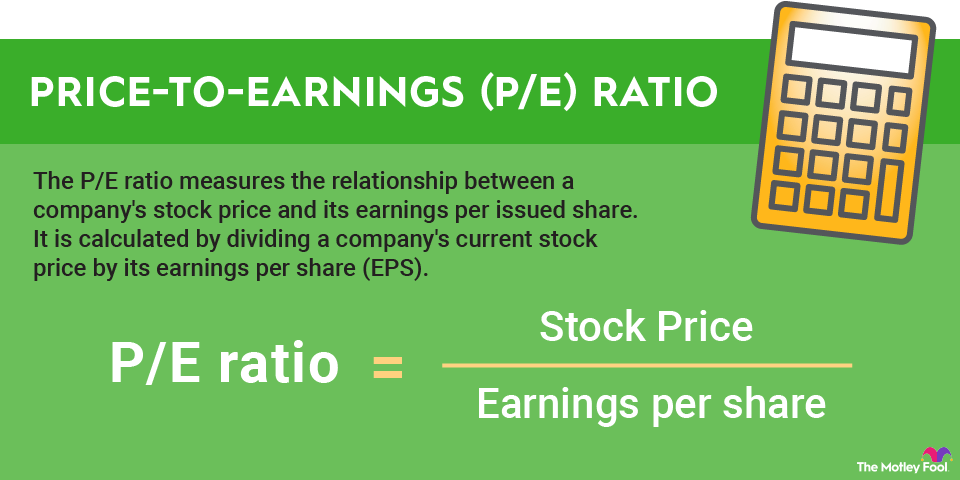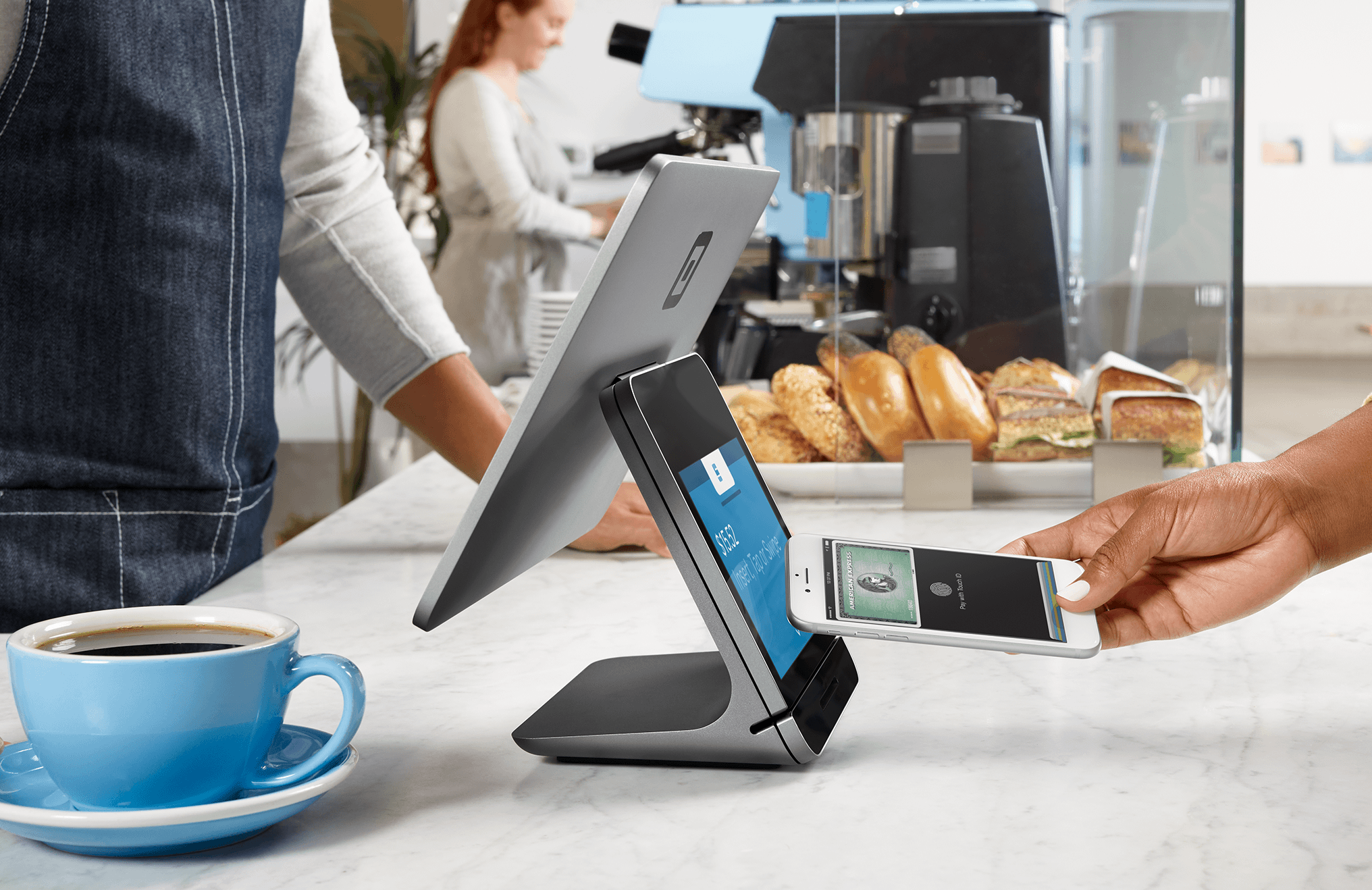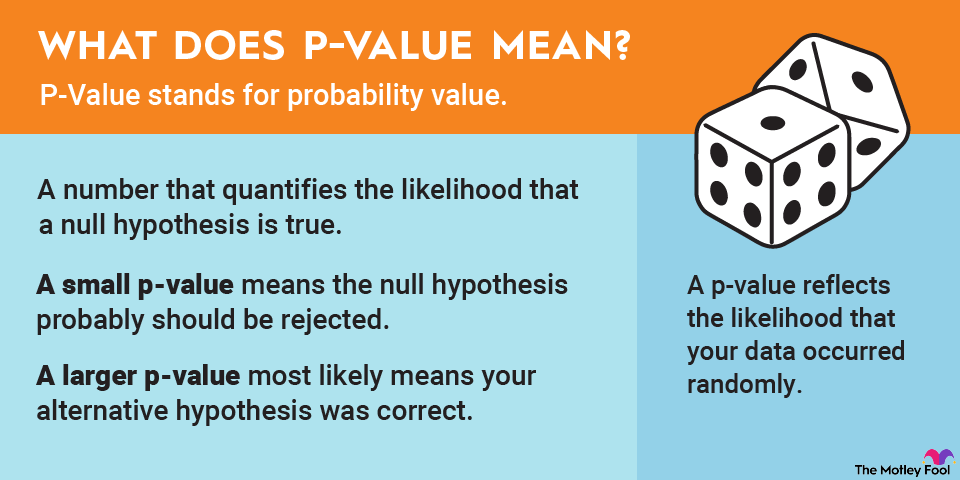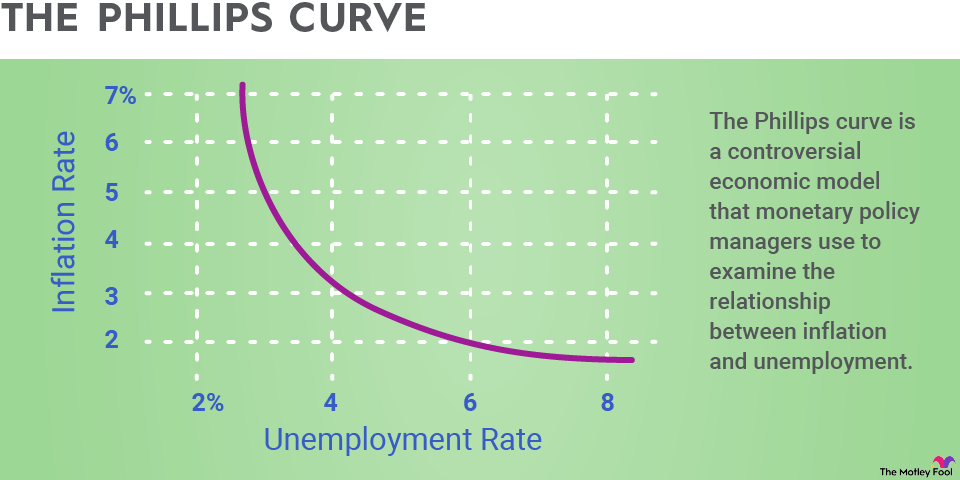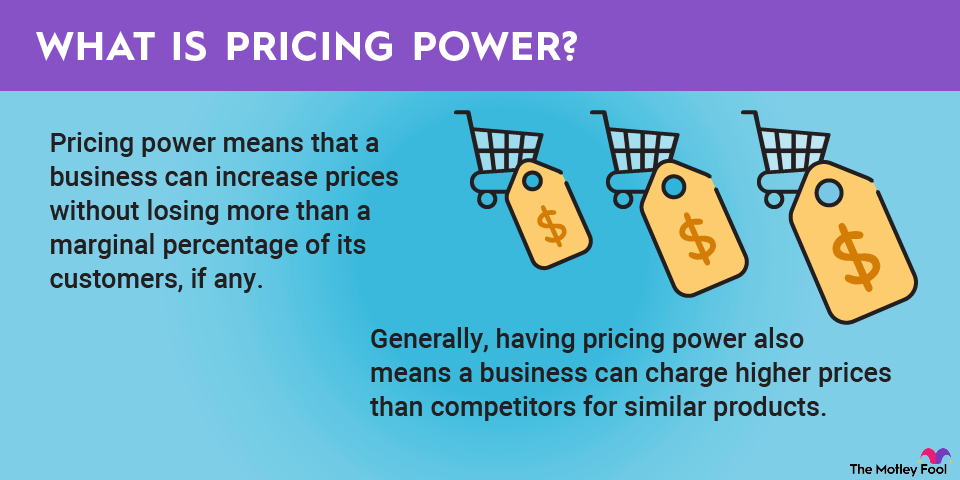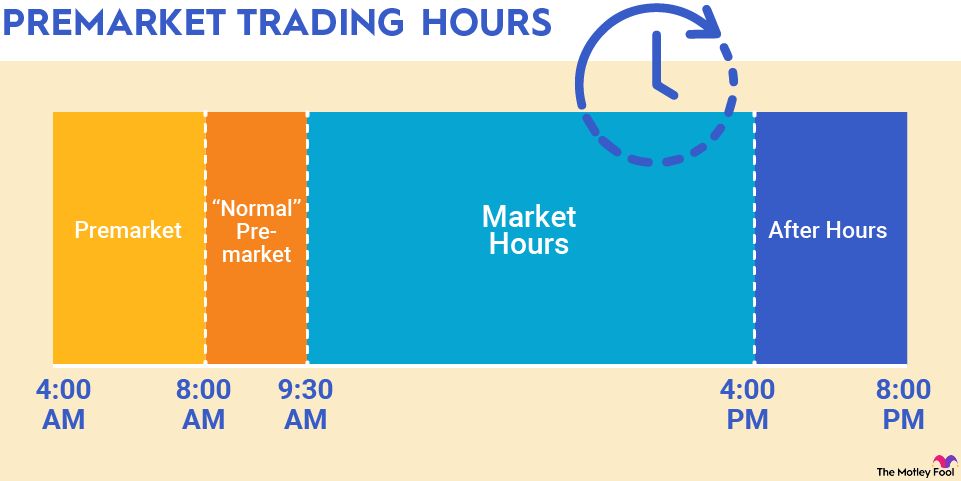Understanding premarket trading
Companies often release important news outside of normal trading hours. For example, some companies will issue their quarterly earnings early in the morning, well before the market opens. Some companies also will wait to issue press releases announcing big partnerships, new products, or executive changes until early in the morning.
Such news can have a meaningful impact on how the market values a stock. It’s why you’ll often see a stock’s share price open at a much different price than its previous close when it releases earnings. If you want to trade on an early morning news release as soon as possible, you’ll need to place an order for the premarket trading session.
How to trade premarket and after hours
Trading in the premarket or after-hours session is a bit different than buying or selling a stock during normal trading hours. While orders during the trading day are routed through an exchange like the Nasdaq or New York Stock Exchange, extended-hours trades use an electronic communications network, or ECN.
An ECN is a service your broker uses to match buy and sell orders and to execute trades. Although it effectively does the job, it has some limitations; traders can only use limit orders on an ECN.
You might be used to placing market orders for stock trades, which will fill at the prevailing rate during the day. With a limit order, you have to name your price, and there’s no guarantee that the trade will execute. If it does execute, however, it’s guaranteed to execute at your price or better.
The first step to place a trade for the premarket session is to log into your brokerage account. Your broker may have a specific area of their website or app to place extended-hours trades, separate from standard orders.
The broker will also detail when you can place an order for premarket trading. This is usually any time after the after-hours trading session closes and before the premarket trading session closes. Note that most extended-hours trades are only good until the end of the current trading session. They do not carry over into normal trading hours.
Once you find where to place your order, you’ll need to submit a limit order. You specify how many shares you want to buy or sell and the price you’re willing to accept. Once you’ve placed your order, the broker will send it to the ECN, which will try to match your order with others on the network based on limit prices.
So if you submit a buy order for 100 shares at $50, the network will look to match your order with an order to sell at least 100 shares at $50 or less. If it finds a match, it executes the trade, and everything settles in two trading days, just like normal trading hours.

